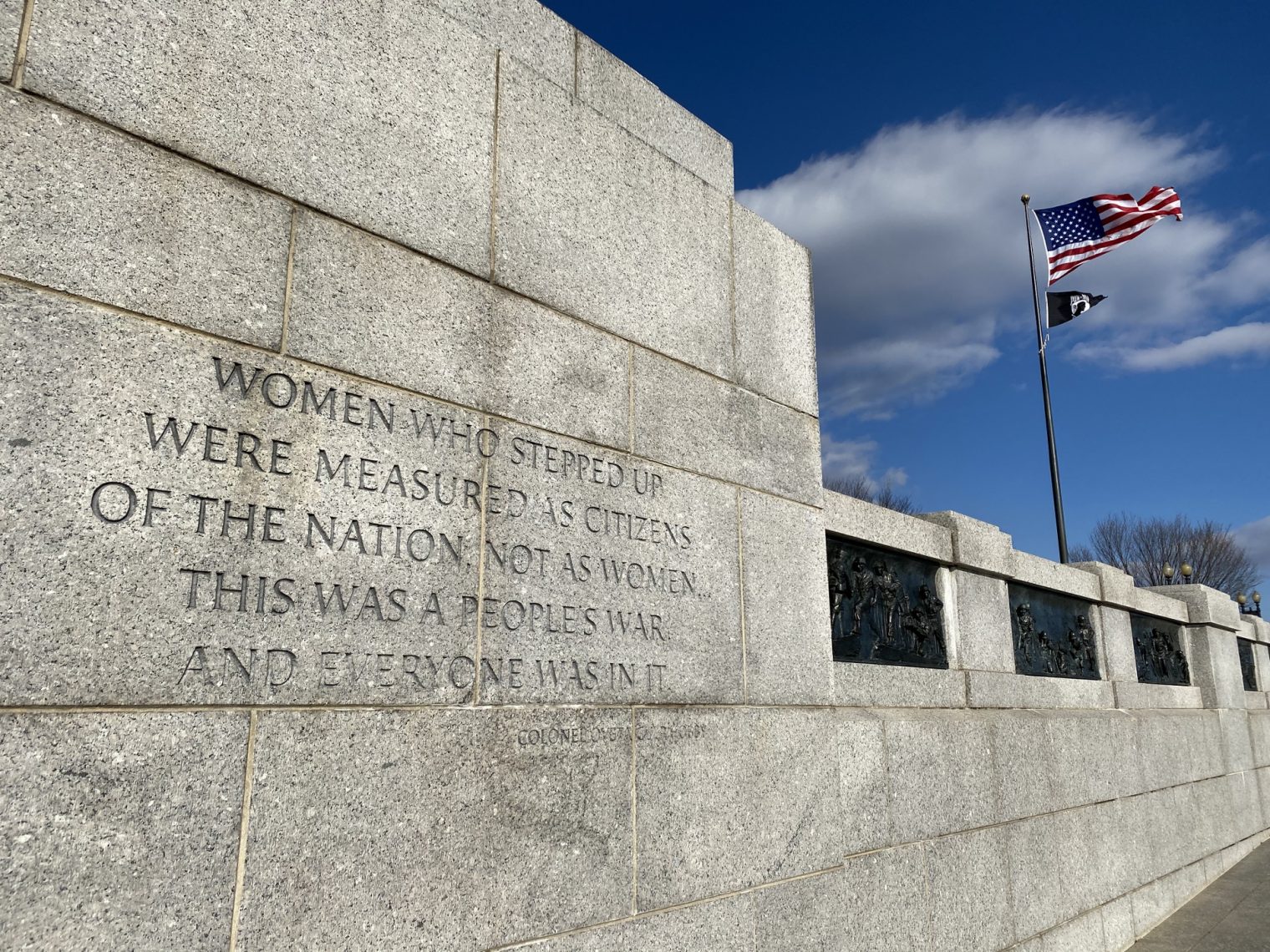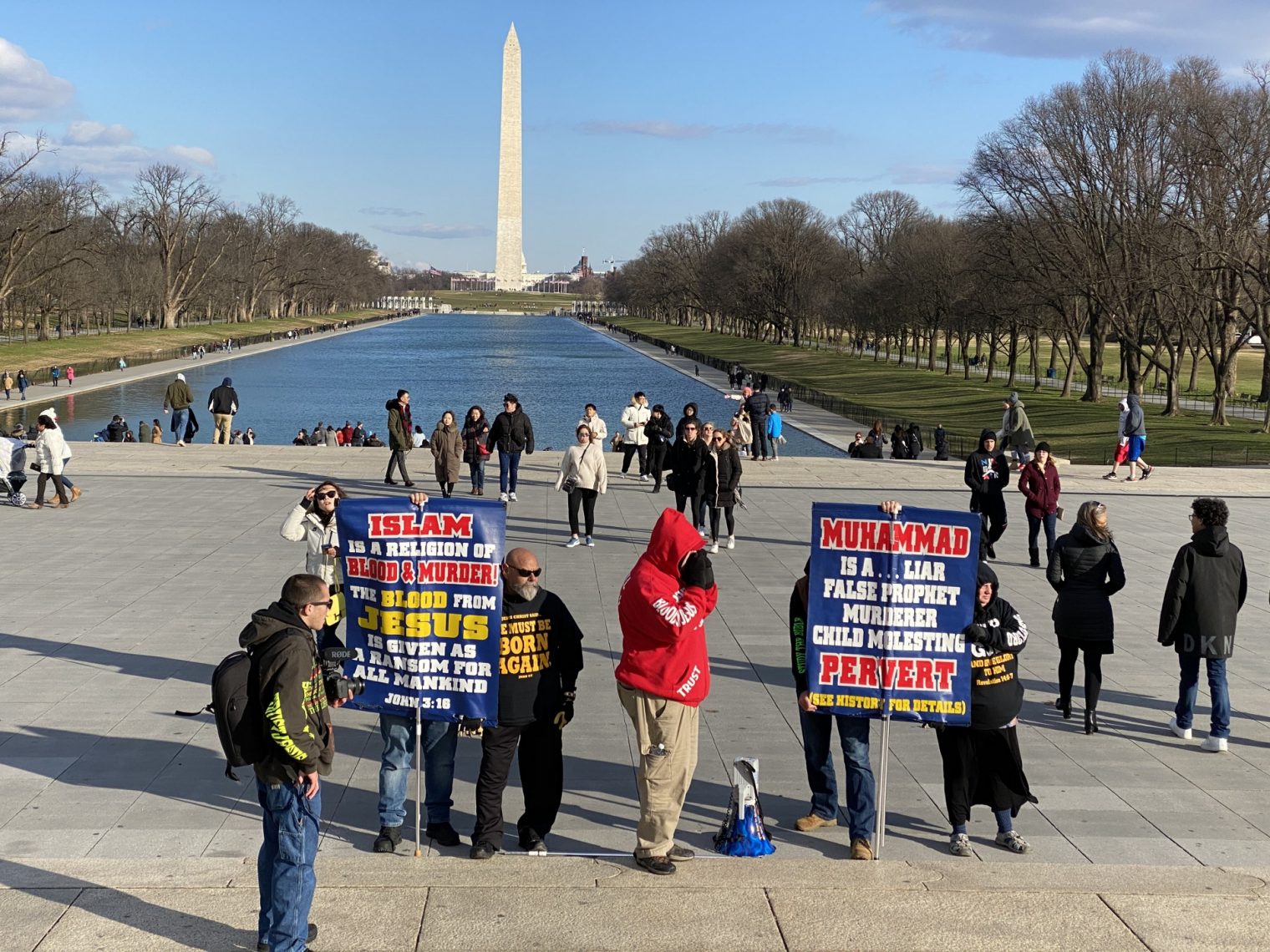Cost of all U.S. wars versus cost of coronapanic
It was Veterans Day last week, when we celebrated anyone who carried a gun, flew a desk, stocked shelves, or conducted gender reassignment surgery on behalf of the U.S. military. The United States Department of Veterans Affairs has a budget roughly comparable to what the formidable Russians spend on their active duty military. To what could we compare our military budget that would make it look like a bargain?
What’s the scope of the spending that we’re hoping to put into perspective? Let’s start by looking at a Congressional Research Service report, “Costs of Major U.S. Wars” (figures in 2011 dollars). According to the pointy heads, the U.S. spent $4.1 trillion on World War II, $728 billion on the Vietnam War, and roughly $1.1 trillion for the first 10 years of our wars in Iraq and Afghanistan. Our other wars were insignificant in costs by comparison.
What could have cost more than all of these wars? Coronapanic! Ignoring what cities and states might have spent, e.g., paying employees who weren’t working, the federal government alone has spent roughly $10 trillion so far (covidmoneytracker.org).
A Smithsonian National Museum of American History exhibit, November 2019:
Related:
- “VA to offer gender surgery to transgender vets for the first time” (Military Times, June 19, 2021)









